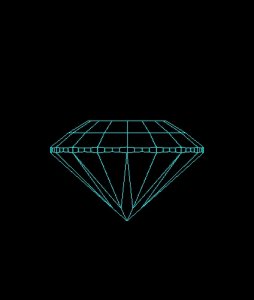I really enjoy this site and want to thank all you regulars for your insight and patience. I''m addicted.
Question:
Does an AGS0 H&A have better light performance than an AGS0 no H&A? Or is it just the characteristics of the light performance are just different? I ask because the H&A doesn''t do much for me if the light performance of a AGS0 non H&A is just as good. Or am I missing the point, namely excellent optical symmetry performance which is a trade mark of H&A gives better light performance.
Need help understanding these nuances. Thanks.
Question:
Does an AGS0 H&A have better light performance than an AGS0 no H&A? Or is it just the characteristics of the light performance are just different? I ask because the H&A doesn''t do much for me if the light performance of a AGS0 non H&A is just as good. Or am I missing the point, namely excellent optical symmetry performance which is a trade mark of H&A gives better light performance.
Need help understanding these nuances. Thanks.
















300x240.png)